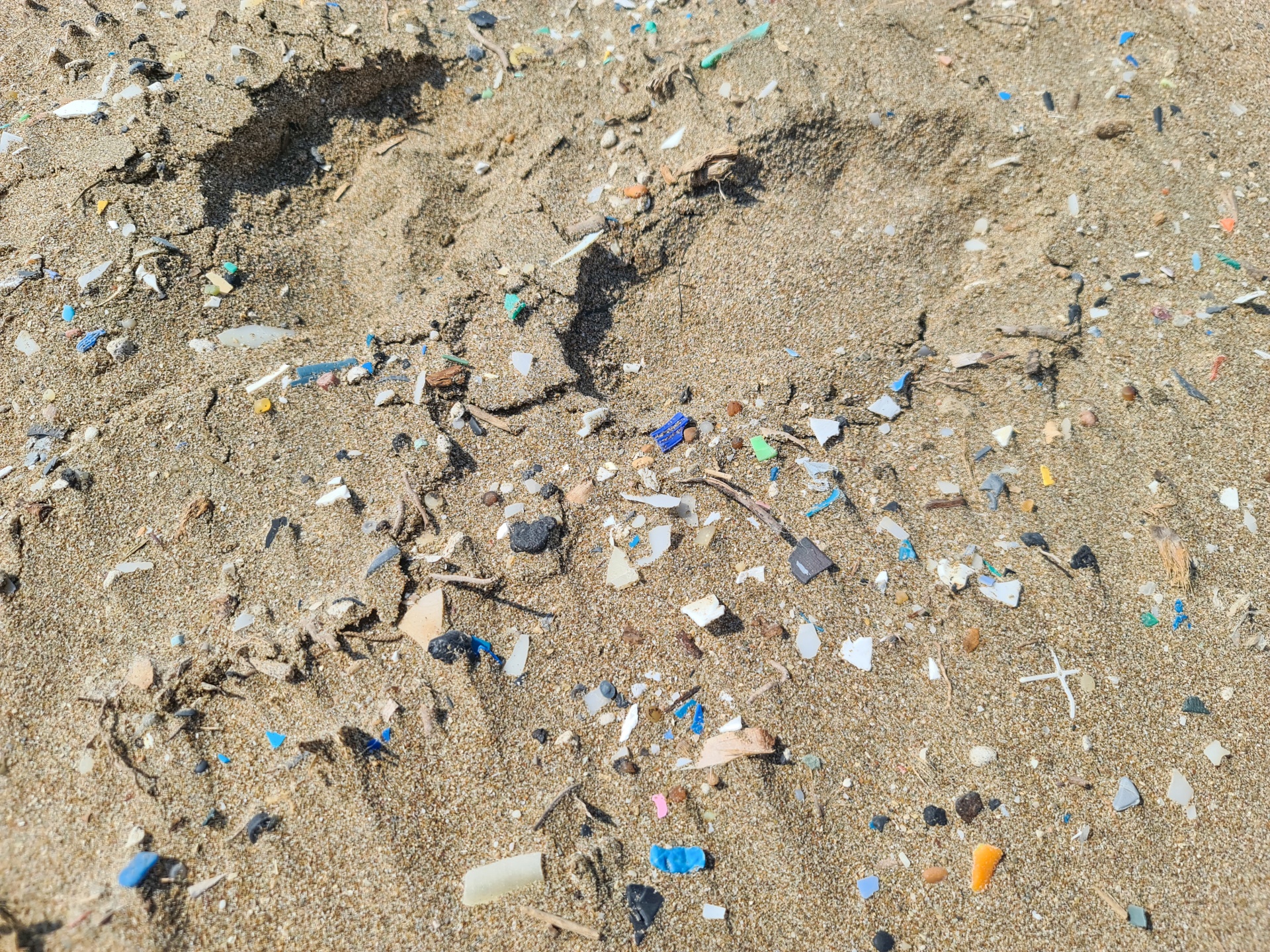- Nutze alle Lernfunktionen, wie Tests, Quizze und Umfragen.
- Schreibe Beiträge und tausche dich in unseren Foren aus.
- In einigen Lernangeboten bestätigen wir dir die Teilnahme.
SOILutions
Kursthemen
-
In this experiment, the effect of microplastics on plant growth is demonstrated. In the previous experiments, we demonstrated the negative effect of soil salinity on plant growth. This experiment deals with another emerging soil challenge, which is contamination with microplastics. The presence of microplastics in marine and aquatic environments has been widely studied but the effect of microplastics in soil environment and its effect on plant growth is an emerging field of study. In this experiment, the effect of different microplastic concentrations was examined, in presence of different salt concentrations. Common bush beans were used as the plant specimen in this experiment and the experiment was conducted with two different microplastic concentrations.
-
Microplastics in soil-plant environment von Dr.-Ing. Tavseef Mairaj Shah (CC BY) Experiment 3: Microplastics in soil-plant environment

From the experiment- Beans growing under differing conditions of salinity and microplastics contamination von Dr.-Ing. Tavseef Mairaj Shah (CC BY) 
A representative image of small plastic particles in sand von Dr.-Ing. Tavseef Mairaj Shah (CC BY) Materials needed:
Soil, common salt, sample microplastics, beans seeds, planting pots, ruler, and kitchen balance
Procedure:
The beans will be grown in planting pots under saline and non-saline soil conditions, with and without microplastics. The procedure can be undertaken in the following steps:
- Select the number of pots you want to use and mark them for the different treatments. Mark the pots accordingly as per your convenience.
- Mix soil, salt, and microplastics with the different composition levels (2.5% microplastics and 5% microplastics, and two different salinity levels S1 and S2).
- Fill the pots with the appropriate amount of soil or soil-microplastics mixture so as to keep some space to water the soil and mix it.
- Put tap water into the pots marked for non-saline treatment and tap water mixed with common salt (S1: 2 g per liter and S2: 4 g per liter) into the pots marked for saline treatment.
- Mix the soil well in order to distribute the moisture and salt uniformly and sow the seeds into the soil. Use a little bit of soil to cover the seeds.
- Place the pots at a warm location that gets a few hours of sun every day and is easily accessible for watering.
- Monitor the growth of beans for four weeks to observe the effect of salinity on the plant growth. Monitor the growth of the plants and document it in the form of photographs.
- At the end of the monitoring period, harvest the plants and do a mass measurement of the plant biomass (you can also let the healthy plants to grow on).
The results of the experiments and the knowledge gained in this project will be put together in the form of E-Learning videos published on the Hamburg Open Online University (HOOU) E-Learning platform.
Click here to download the pdf version of this handout.
Slideshow
Slideshow - Microplastics in soil-plant environment von Dr.-Ing. Tavseef Mairaj Shah (CC BY) Outlook
It can be concluded from these three experiments that soil health challenges like salinity and microplastics contamination affects plant growth and hence our food security. Furthermore, it appears that different factors affecting soil health could have cumulative effects on different ecosystem services. Therefore, on one hand, there is a need for more detailed studies in this field and on the other hand immediate measures need to be taken to limit the flow of plastics and salinity causing agents into the soil in order to sustain different soil-related ecosystem services. Furthermore, our simple experiments highlight the need for widespread soil health education which is more urgent than ever. You can conclude this E-Learning course by testing your knowledge with this quiz and you can read more about these topics from the reading list we have prepared for you here.
-